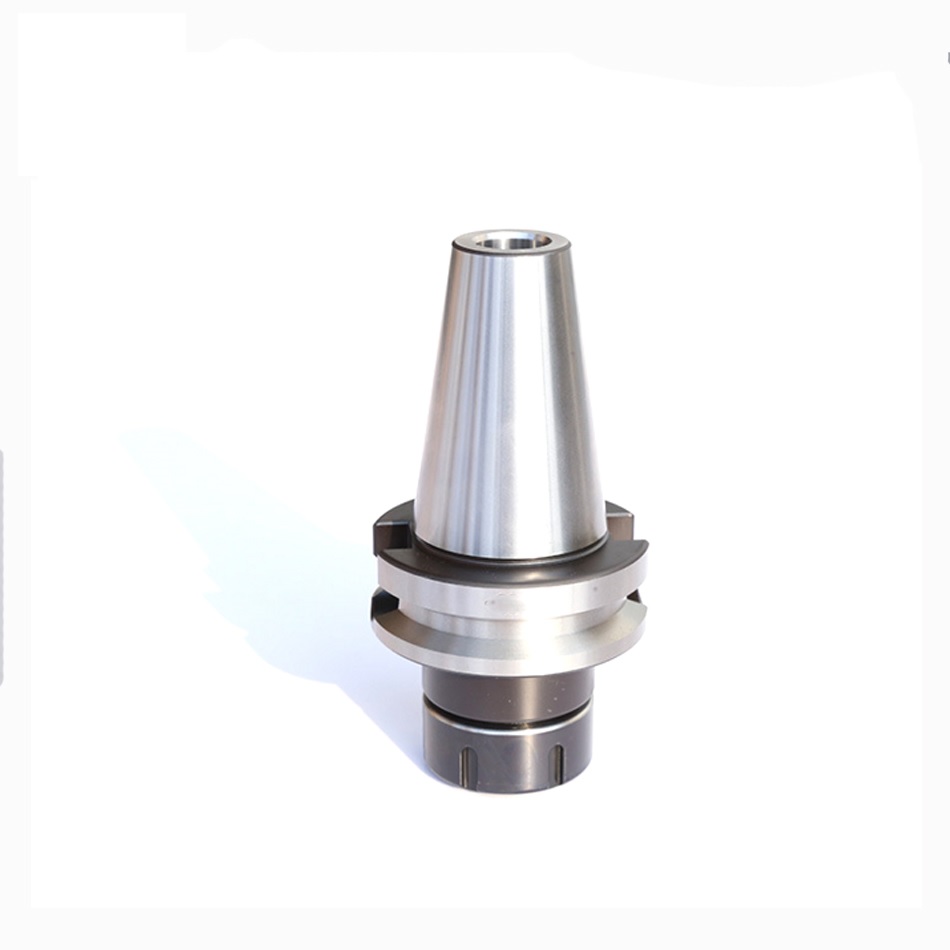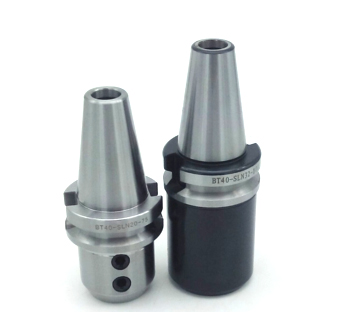History and Standards of BT CNC Tool Holders
With the development of modern manufacturing, computer numerical control (CNC) technology has become increasingly widespread in the field of machining. The CNC tool holder is an important component on CNC machine tools as it connects the tool to the spindle, transmitting power and rotational motion. This article will focus on one common standard in CNC tool holders—the BT standard—covering its history, design features, and applications.
I. History of the BT Standard
The BT standard is a machine tool holder standard originating from Japan, with "BT" standing for "Brown & Sharpe Taper." Brown & Sharpe, an American manufacturing company, designed and manufactured a conical connection method in the late 19th and early 20th centuries for connecting machine tool spindles and tools. This design found extensive application in the machine tool industry, eventually evolving into the BT standard.
II. Design Features of the BT Standard
The BT standard incorporates the following design features:
Taper Shape: The BT standard utilizes a 30-degree taper, meaning the taper angle of the tool holder is 30 degrees. This taper shape provides excellent rigidity and stability, enabling the tool to withstand high cutting forces while maintaining high machining precision.
Tool Holder Forms: Common tool holder forms in the BT standard include BT30, BT40, and BT50, with the numerical value representing the diameter size of the tool holder. Different specifications of tool holders cater to various types of machine tools and machining requirements, meeting the demands of diverse machining scenarios.
Cooling System: BT standard tool holders often feature a cooling system, which can introduce coolant to the tool's cutting area through internal channels within the tool holder. This helps reduce cutting temperatures and prolong tool life.
III. Applications of the BT Standard
BT standard tool holders find extensive usage in various CNC machine tools, including milling machines, lathes, and drilling machines. They offer the following advantages:
Standardization: The BT standard has become an internationally recognized standard, adopted by many machine tool manufacturers for designing and producing machine spindles and tool holders. This ensures good interchangeability and compatibility between BT standard tools and machine tools.
Rigidity and Stability: The conical connection method in the BT standard provides high rigidity and stability, resulting in smoother cutting processes, reduced vibration, and minimized tool deflection. This leads to improved machining quality and precision.
High Power Transmission: The design of BT standard tool holders allows for the transmission of high power, making them suitable for high-speed and high-cutting-force machining scenarios, such as heavy roughing and high-power milling.
Conclusion:
CNC tool holders are indispensable components on CNC machine tools, and the BT standard, as a common tool holder standard, boasts a long history and wide-ranging applications. Its design features and advantages in terms of rigidity, stability, and power transmission have made the BT standard a significant choice in the machine tool industry. With ongoing advancements in manufacturing technology, the BT standard will continue to play a crucial role in the field of CNC tool holders, providing support for the development of modern manufacturing.
